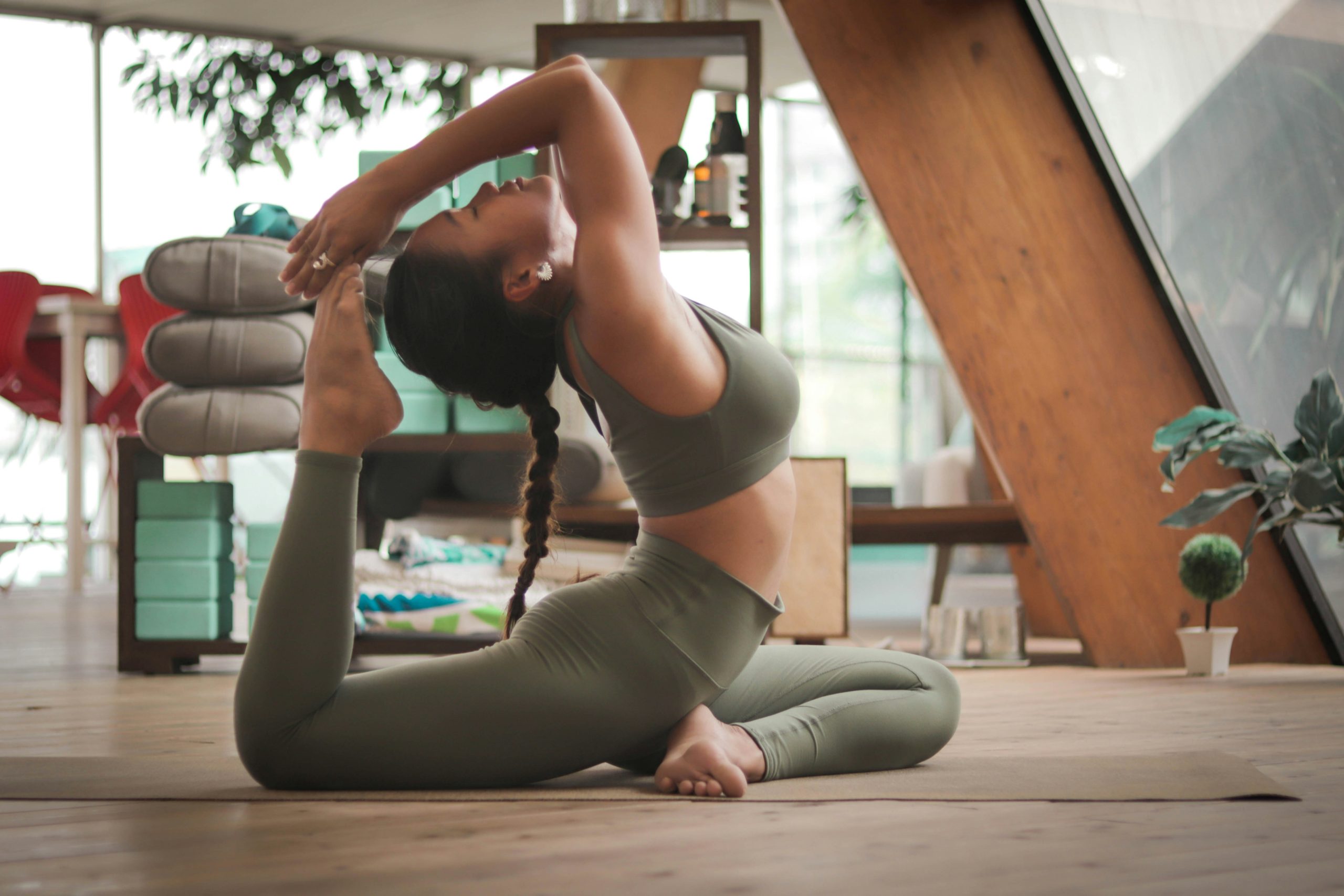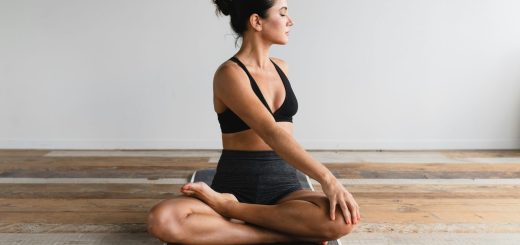Iyengar Method: Precision & Alignment Explained

Hey there, amazing readers! 🖐️ Just a quick note: yes, we know there are a lot of ads here. Trust us, we get it—it’s not the prettiest look, but they help us keep this blog alive and kicking. Those pesky little ads cover the costs of all the behind-the-scenes magic, from hosting and tech stuff to creating content we hope you’ll love.
We’re committed to delivering quality posts, and your support (even just sticking around despite the ads) means everything to us. So, bear with us, and thanks for helping us keep the good vibes rolling. Now, on to the fun stuff! 😉
TRANSLATE BUTTON AT THE END OF THE ARTICLE
A Quick Overview:
The Iyengar Method of yoga, developed by B.K.S.
Iyengar, focuses on precision and alignment in yoga poses.
This approach to yoga emphasizes the importance of proper alignment to achieve the full benefits of each posture.
By paying close attention to alignment and using props to support and modify poses, practitioners can deepen their practice and prevent injuries.
In this article, we will explore the key principles of the Iyengar Method and its benefits for both beginners and experienced yogis.
Introduction to the Iyengar Method:
The Iyengar Method is a form of Hatha yoga that places a strong emphasis on precision, alignment, and attention to detail in each pose.
B.K.S.
Iyengar, the founder of this method, believed that by aligning the body correctly, practitioners could access the physical, mental, and spiritual benefits of yoga more effectively.
The method is known for its use of props like blocks, straps, and blankets to support students in achieving proper alignment and to make poses accessible to practitioners of all levels.
The Importance of Precision in Yoga:
Precision in yoga refers to the exact placement of the body in each pose to ensure maximum benefit and safety.
When practicing with precision, students are encouraged to pay attention to alignment cues such as the position of the feet, hands, and spine.
By focusing on precision, practitioners can cultivate a deeper awareness of the body and its movements, leading to improved strength, flexibility, and balance.
Understanding Alignment in Yoga:
Alignment in yoga refers to the correct positioning of the body in relation to the pose being performed.
Proper alignment helps to distribute weight evenly, prevent strain on joints, and promote stability and balance.
In the Iyengar Method, instructors often provide detailed instructions on alignment cues to help students refine their poses and deepen their practice.
Benefits of Practicing Iyengar Yoga:
Practicing Iyengar yoga offers a wide range of benefits, including improved flexibility, strength, and posture.
By focusing on precision and alignment, practitioners can develop a better understanding of their bodies and how they move.
The use of props in Iyengar yoga also allows students to safely explore and progress in their practice, making it suitable for individuals of all ages and fitness levels.
Principles of the Iyengar Method:
The Iyengar Method is guided by several key principles, including precision, alignment, and the use of props to support and modify poses.
In this method, poses are held for longer periods to allow students to develop strength, flexibility, and endurance.
Breath awareness is also emphasized to help practitioners stay present and focused throughout their practice.
Focus on Breath and Body Awareness:
In the Iyengar Method, breath awareness plays a crucial role in helping students connect with their bodies and minds.
By linking breath with movement, practitioners can deepen their practice and cultivate a sense of inner calm and focus.
Breath awareness also helps to release tension, improve circulation, and enhance overall well-being.
Tools and Props Used in Iyengar Yoga:
Props such as blocks, straps, blankets, and chairs are commonly used in Iyengar yoga to support students in achieving proper alignment and to modify poses as needed.
Props can help students of all levels deepen their practice, prevent injuries, and experience the full benefits of each pose.
By using props mindfully, practitioners can explore different variations of poses and find greater ease and comfort in their practice.
The Role of the Yoga Instructor:
In the Iyengar Method, the role of the yoga instructor is to guide and support students in their practice, offering clear instructions on alignment, breath, and mindfulness.
Instructors often provide hands-on adjustments and verbal cues to help students refine their poses and deepen their understanding of yoga.
A skilled instructor can create a safe and supportive environment for students to explore and grow in their practice.
Common Misconceptions about Alignment:
One common misconception about alignment in yoga is that it is only about achieving a perfect posture.
In reality, alignment is about finding a balance between effort and ease, adapting poses to suit individual needs, and honoring the body’s limitations.
Another misconception is that alignment is only important for advanced practitioners, when in fact, beginners can benefit greatly from focusing on alignment to build a strong foundation for their practice.
How to Incorporate Precision into Your Practice:
To incorporate precision into your yoga practice, start by paying attention to alignment cues provided by your instructor.
Focus on the position of your feet, legs, hips, and spine in each pose, and use props to support and enhance your alignment.
Practice mindfulness by connecting your breath with movement and staying present in each pose.
Be patient with yourself and listen to your body’s cues to avoid pushing too hard or straining.
Tips for Improving Alignment in Yoga Poses:
Listen to Your Body: Pay attention to how your body feels in each pose and adjust as needed to find the optimal alignment.
Use Props Mindfully: Props can support you in achieving proper alignment, so use them wisely to enhance your practice.
Practice Regularly: Consistent practice will help you develop muscle memory and improve your alignment over time.
Seek Feedback: Don’t be afraid to ask your instructor for feedback on your alignment and how to improve it.
Stay Present: Mindfulness and breath awareness are key in maintaining proper alignment and deepening your practice.
Final Thoughts on the Iyengar Method:
The Iyengar Method of yoga offers a unique and effective approach to practicing yoga with precision and alignment.
By focusing on proper alignment, breath awareness, and the use of props, practitioners can deepen their practice, prevent injuries, and experience the full benefits of each pose.
Whether you are a beginner or an experienced yogi, incorporating the principles of the Iyengar Method into your practice can help you cultivate a stronger body, a focused mind, and a deeper connection to your inner self.
Embrace the principles of precision and alignment in your practice, and watch as your yoga journey unfolds with grace and ease.

The Enlightenment Journey is a remarkable collection of writings authored by a distinguished group of experts in the fields of spirituality, new age, and esoteric knowledge.
This anthology features a diverse assembly of well-experienced authors who bring their profound insights and credible perspectives to the forefront.
Each contributor possesses a wealth of knowledge and wisdom, making them authorities in their respective domains.
Together, they offer readers a transformative journey into the realms of spiritual growth, self-discovery, and esoteric enlightenment.
The Enlightenment Journey is a testament to the collective expertise of these luminaries, providing readers with a rich tapestry of ideas and information to illuminate their spiritual path.
Our Diverse Expertise 🌟
While our primary focus is on spirituality and esotericism, we are equally passionate about exploring a wide range of other topics and niches 🌍📚. Our experienced team is dedicated to delivering high-quality, informative content across various subjects ✨.
To ensure we provide the most accurate and valuable insights, we collaborate with trusted experts in their respective domains 🧑🏫👩🏫. This allows us to offer well-rounded perspectives and knowledge to our readers.
Our blog originally focused on spirituality and metaphysics, but we’ve since expanded to cover a wide range of niches. Don’t worry—we continue to publish a lot of articles on spirituality! Frequently visit our blog to explore our diverse content and stay tuned for more insightful reads.



















